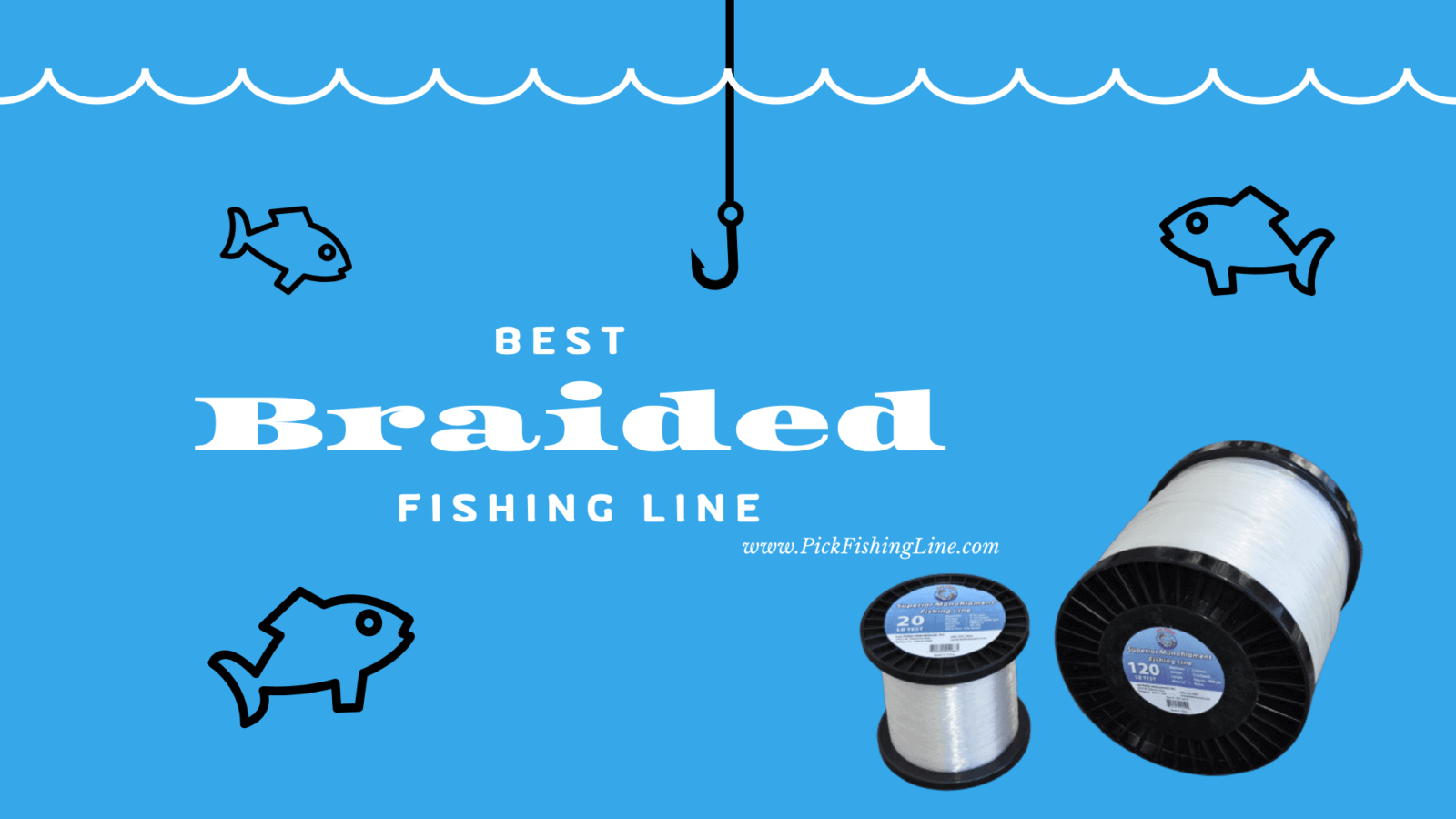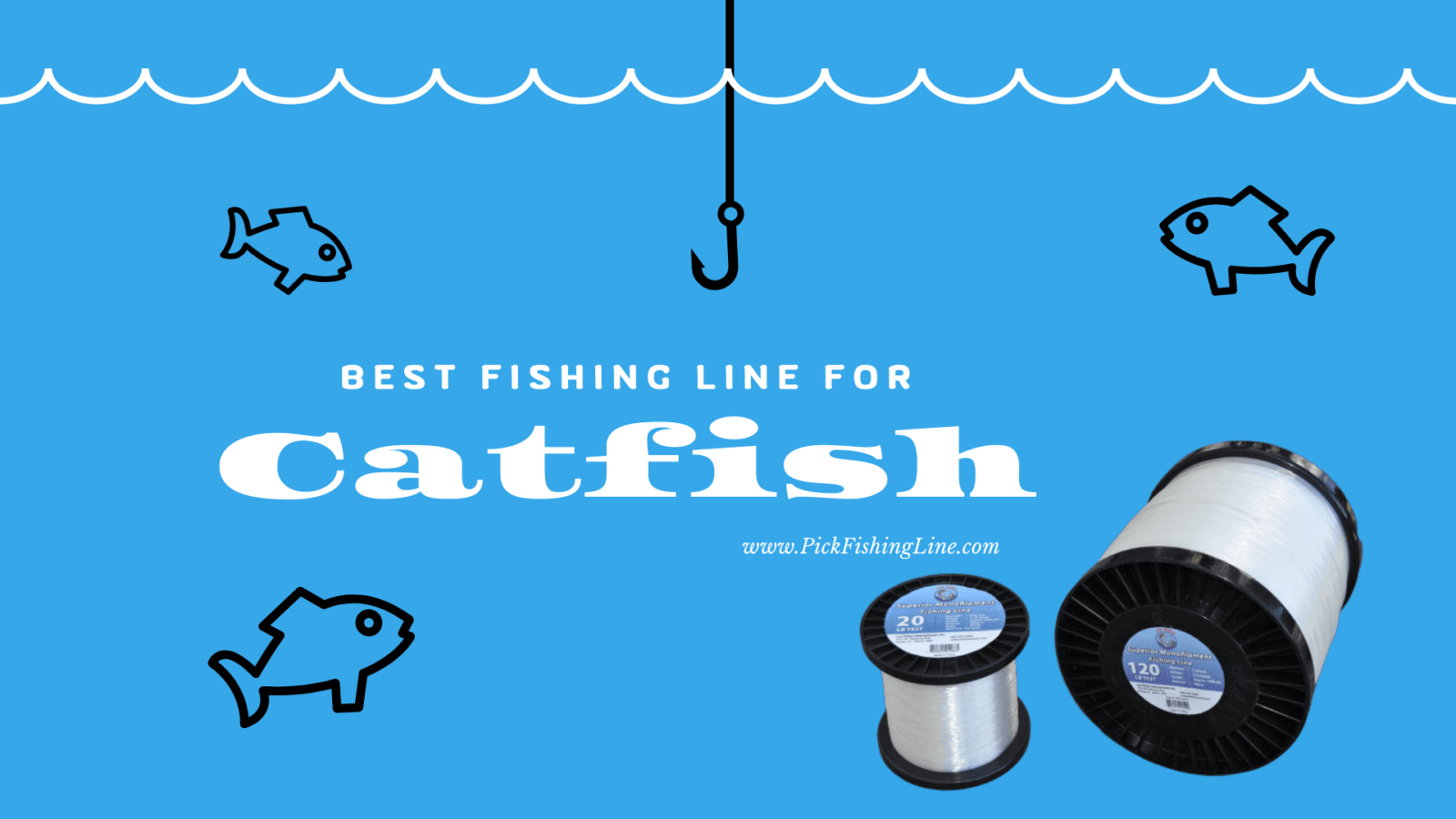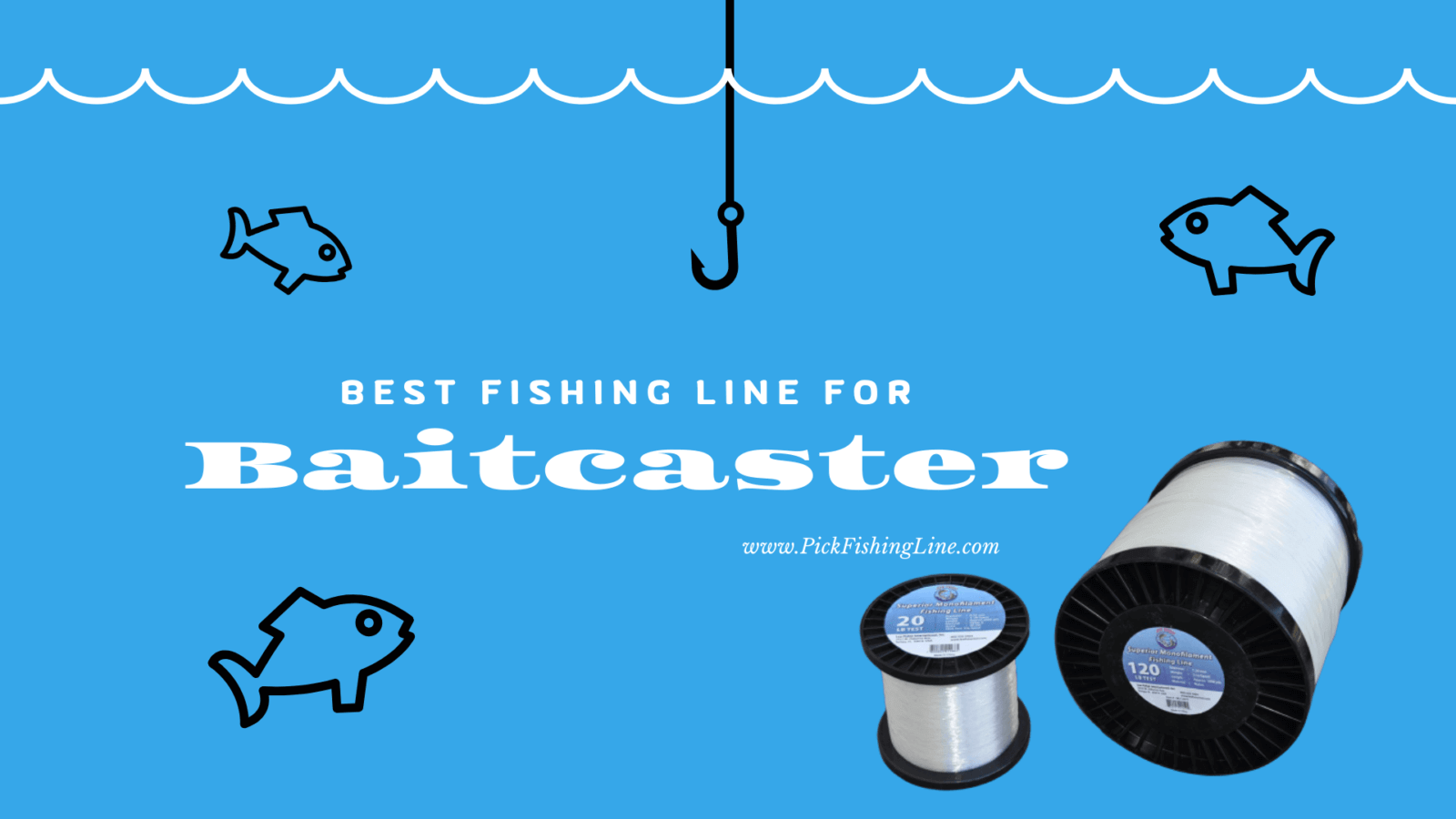Caballerox.info is a valuable resource for horse riding enthusiasts eager to deepen their understanding of this elegant sport. Horse riding is not just a pastime; it is a skill that involves a strong bond between rider and horse. Riders of all levels can benefit from learning about proper techniques, safety measures, and the unique behaviors of horses. This knowledge can enhance the riding experience, making it safer and more enjoyable for both the horse and rider. Understanding the fundamentals of horse care, riding styles, and equipment can elevate the skills of a beginner or help seasoned riders refine their technique.
For those passionate about horses, mastering the art of riding requires dedication and practice. Learning to communicate effectively with a horse is essential, as it establishes trust and cooperation. Riders should also be aware of the physical demands of riding, which includes building strength, balance, and coordination. With proper guidance and a commitment to learning, anyone can improve their riding abilities. Caballerox.info aims to support horse lovers by providing essential tips and insights, fostering a community of riders who share a common goal of enhancing their skills and knowledge in horse riding.
Mastering the Art of Horse Riding
Horse riding is an exhilarating activity that requires skill, practice, and a deep connection with the horse. It is not merely about sitting on a horse and holding the reins; it involves understanding the horse’s needs, mastering riding techniques, and ensuring safety for both rider and animal. Whether you are a beginner or have some experience, grasping these essential techniques can significantly enhance y riding experience and bond with y horse.
Importance of Proper Riding Techniques
Proper riding techniques are fundamental for ensuring both rider safety and horse comfort. Techniques such as posture, grip, and leg positioning play a significant role in riding effectiveness. Correct posture helps maintain balance, which is crucial for controlling the horse’s movements. Moreover, a good grip on the reins allows the rider to communicate better with the horse. Learning these techniques can prevent accidents and promote a more enjoyable riding experience.
Building Rider-Horse Communication Skills
Effective communication between the rider and horse is vital for a successful ride. Horses are sensitive animals; they respond to subtle cues from their riders. Building this communication starts with understanding body language and using consistent signals. Riders should practice using their legs, hands, and voice to convey messages clearly. Over time, this communication fosters trust and responsiveness, making rides smoother and more enjoyable.
Safety Measures for Riders and Horses
Safety should always be a priority when riding horses. Riders must wear appropriate safety gear, including helmets and boots. It is equally important to ensure that the horse is equipped with the right tack, properly fitted to avoid discomfort or injury. Additionally, riders should be aware of their surroundings and avoid riding in areas that could pose risks. Following safety guidelines helps create a secure environment for both the rider and the horse, reducing the likelihood of accidents.
Physical Demands of Horse Riding
Horse riding is a physically demanding activity that engages various muscle groups. Riders must maintain core strength for balance and stability while also using their legs and arms to control the horse. Regular exercise can enhance a rider’s overall fitness, making them more capable and confident. Engaging in physical training specific to riding can help prepare individuals for longer rides and more complex maneuvers.
Strength and Balance Training Exercises
To improve riding skills, focusing on strength and balance is essential. Exercises such as planks, squats, and lunges can help build core strength, which is crucial for maintaining balance in the saddle. Incorporating balance exercises, like yoga or stability ball workouts, can also enhance stability while riding. These physical training methods contribute to better control and overall performance on horseback.
Developing Coordination for Effective Riding
Coordination is key to effective horse riding. Riders must synchronize their body movements with the horse’s actions, which requires practice and focus. Activities like dance or martial arts can improve coordination and body awareness, enhancing a rider’s ability to respond quickly and accurately. Developing coordination helps riders execute commands smoothly, leading to a more harmonious ride.
Understanding Horse Behavior and Psychology
To be a successful rider, it is crucial to understand horse behavior and psychology. Horses are prey animals, which means they can be easily startled. Recognizing signs of anxiety or discomfort in y horse can help you respond appropriately and build a trusting relationship. Learning about herd behavior and social interactions among horses also provides valuable insights into how to handle them effectively.
Different Riding Styles Explained
There are various riding styles, each with its unique techniques and philosophies. Common styles include English riding, Western riding, and dressage. English riding often focuses on jumping and speed, while Western riding emphasizes control and relaxation. Understanding the differences between these styles can help riders choose the one that best suits their interests and goals. Each style offers distinct challenges and rewards, enriching the overall experience of horseback riding.
Essential Horse Care Tips for Riders
Caring for a horse goes beyond riding; it involves regular grooming, feeding, and health checks. Grooming not only keeps the horse clean, but it also establishes a bond between the rider and horse. Regularly checking for signs of illness or discomfort is crucial for maintaining the horse’s well-being. Knowledge of proper feeding and nutrition ensures that horses remain healthy and energetic for riding.
Choosing the Right Riding Equipment
Selecting the right riding equipment is essential for both comfort and safety. Riders should choose saddles that fit both the horse and rider properly to prevent discomfort during rides. Bridles, stirrups, and other tack should also be selected based on the rider’s style and the horse’s needs. Familiarizing oneself with different types of equipment can enhance the riding experience and ensure safety while riding.
Community Support for Horse Riding Enthusiasts
Being part of a community can greatly enhance the horse riding experience. Connecting with other riders provides opportunities for learning, sharing experiences, and gaining support. Local riding clubs and online forums offer platforms for enthusiasts to engage with one another. Joining a community can lead to new friendships, riding opportunities, and shared knowledge, enriching the jney of horse riding for everyone involved.
Frequently Asked Questions
This section addresses common inquiries related to horse riding, offering valuable insights for both novice and experienced riders. Understanding these key topics can significantly enhance the riding experience and foster a deeper connection between rider and horse.
What are the basic riding techniques?
Basic riding techniques include proper posture, effective use of aids, and maintaining balance. Riders should learn to sit correctly in the saddle, use their legs and hands to communicate with the horse, and develop a stable core. Mastering these fundamentals lays the groundwork for more advanced skills and a smoother ride.
How can I improve my horse riding skills?
Improving riding skills involves consistent practice, seeking feedback, and engaging with experienced instructors. Riders should focus on exercises that enhance strength, balance, and coordination. Additionally, understanding a horse’s behavior and learning new riding styles can further develop a rider’s abilities and confidence in the saddle.
What safety measures should I consider while riding?
Safety measures in horse riding include wearing a proper helmet, using appropriate gear, and being aware of the surrounding environment. Riders should also learn to assess their horse’s behavior and the riding area’s conditions. Establishing a good relationship with the horse can prevent accidents and ensure a safer riding experience.
What should I know about horse care?
Horse care encompasses various aspects, including feeding, grooming, and regular veterinary check-ups. Understanding a horse’s nutritional needs and maintaining its health are crucial for optimal performance. A well-cared-for horse will be more responsive and enjoyable to ride, contributing to a better overall riding experience.
How do I communicate effectively with my horse?
Effective communication with a horse involves using clear and consistent cues through body language and aids. Establishing trust is vital; this can be achieved through groundwork exercises and positive reinforcement. Understanding your horse’s responses will enhance cooperation and lead to a more harmonious riding partnership.
What riding styles should I explore?
Exploring different riding styles, such as English, Western, and dressage, can enrich a rider’s experience. Each style has unique techniques and equipment, influencing how riders interact with their horses. Trying various styles helps riders discover their preferences and strengths, contributing to their overall growth in the sport.
“`






